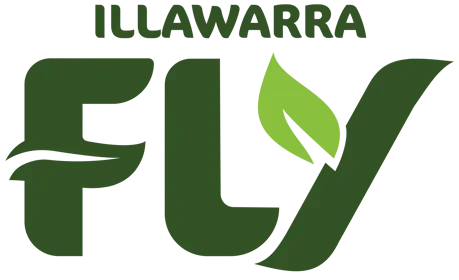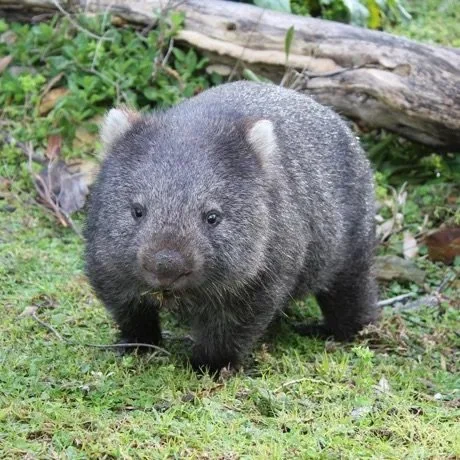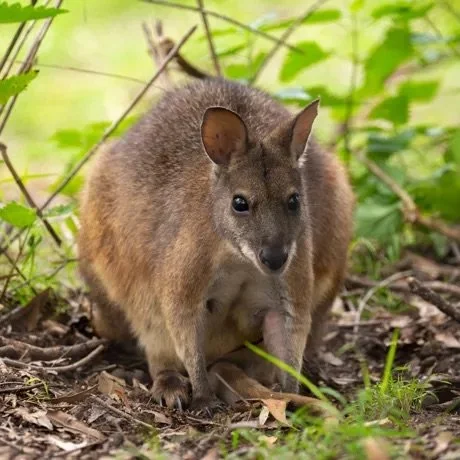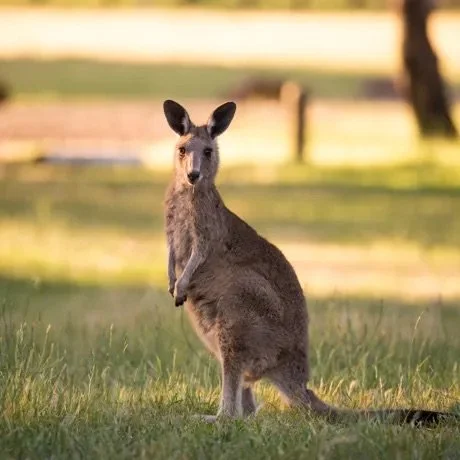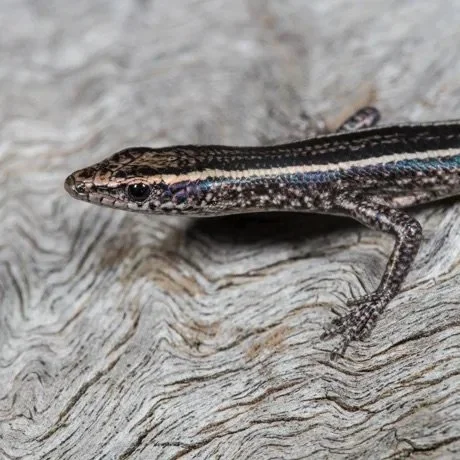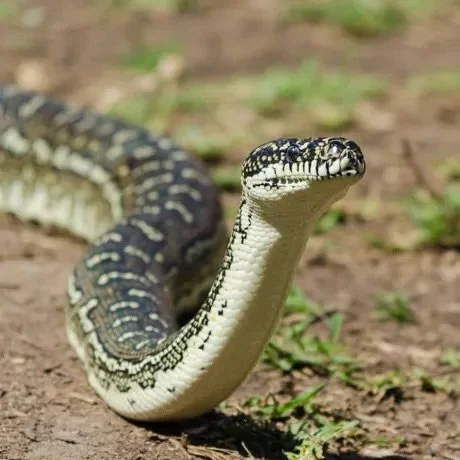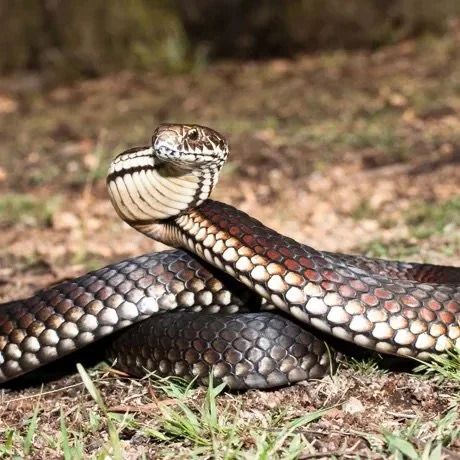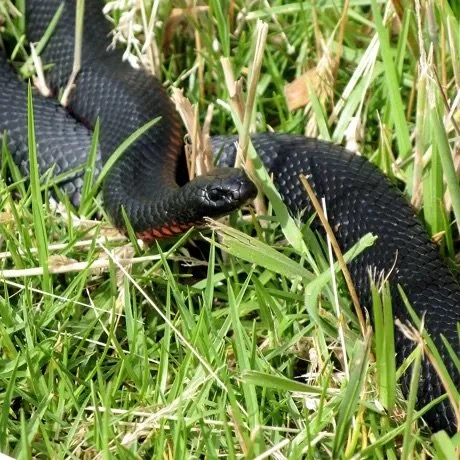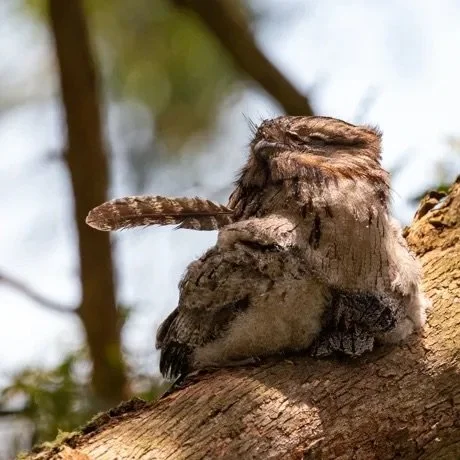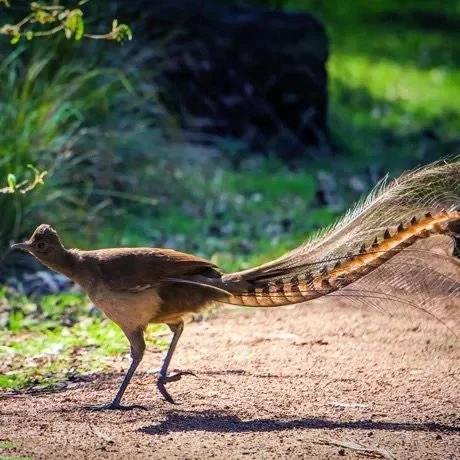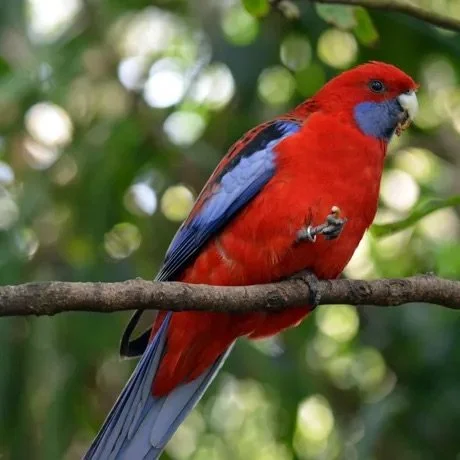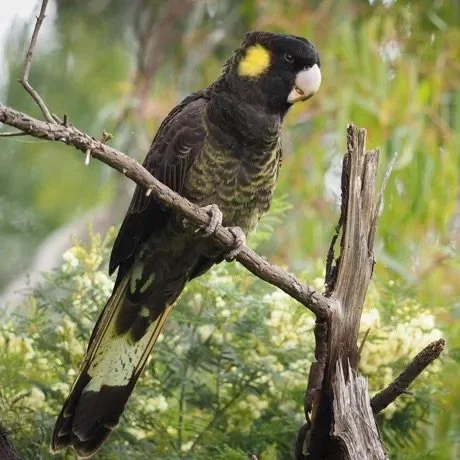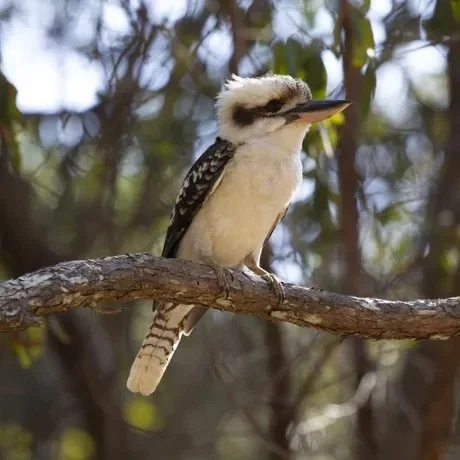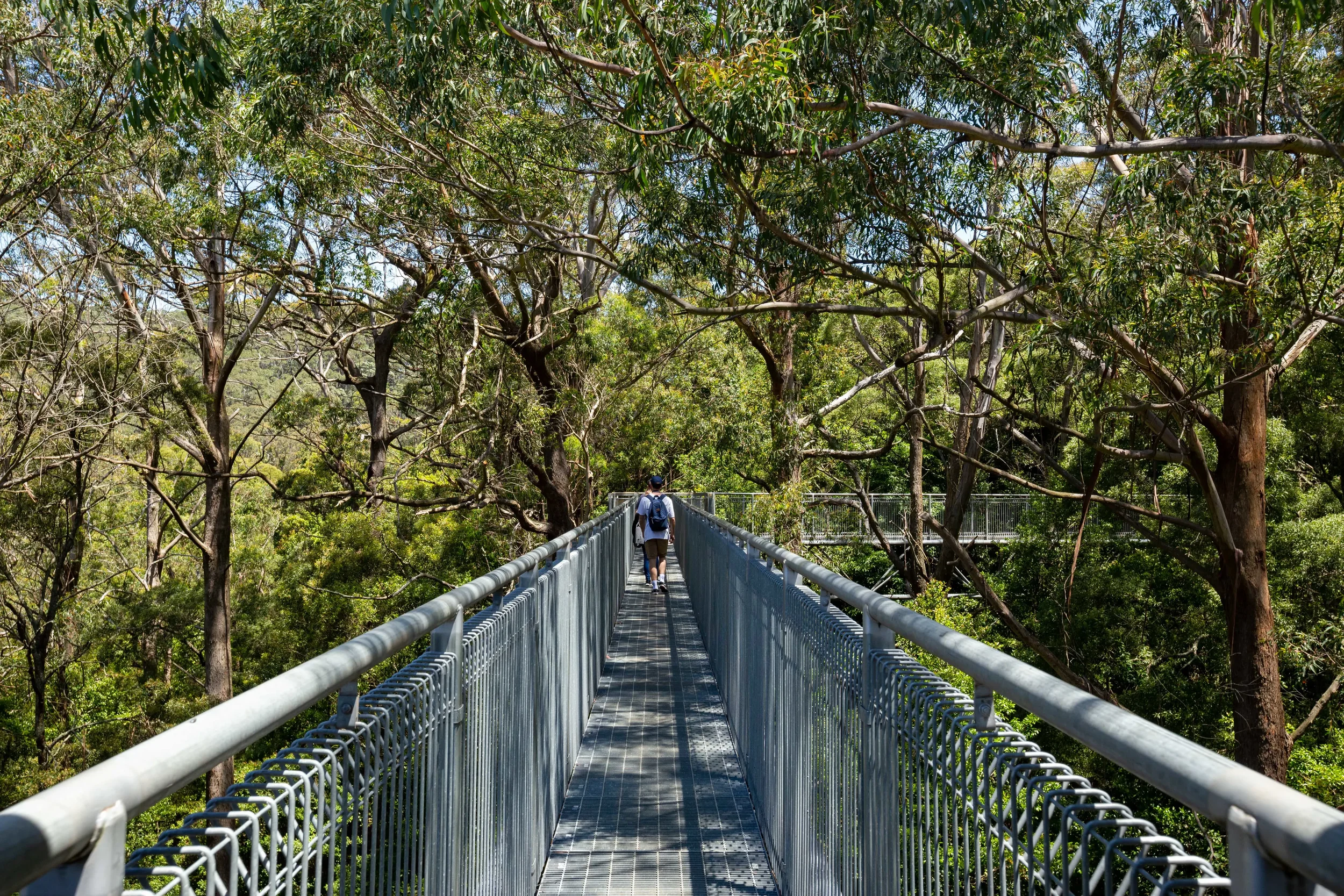
Fauna
Wildlife at Illawarra Fly
Common Wombat
Scientific Name: Vombatus Ursinus
Average Adult Size: roughly 1m
Colouring: Colour of the wombat’s coarse coat varies from glossy black, dark grey, silver-grey, chocolate brown, grey-brown, sandy and cream
Diet: feeds on native grasses, sedges and rushes.
Fun Fact: Wombats spend about two thirds of their lifetime in their burrows.
Swamp Wallaby
Scientific Name: Wallabia bicolor
Average Adult Size: 66cm to 85cm
Colouring: generally dark brown to black above and light yellow to strong orange on its belly
Diet: feeds on grass, shrubs and ferns.
Fun Fact: Swamp wallabies are solitary, nocturnal animals meaning they like to travel by themselves and be active at night. They may show up at the same food source as other mammals and show no signs of territorial defence.
Eastern Grey Kangaroo
Scientific Name: Macropus giganteus
Average adult size: 85cm to 1.3m
Colouring: light-coloured grey or brownish-grey, with a lighter silver or cream, sometimes nearly white, belly
Diet: main food source is grass and sometimes also eat fungi
Fun Fact: the highest speed recorded by an eastern grey kangaroo was a female and she was topped at a whopping 64km/hr.
Short-beaked Echidna
Scientific Name: Tachyglossus aculeatus
Average adult size: 30-45 cm
Colouring: dark brown with distinctive yellow/light colouring at the end of spikes.
Diet: termites, ants, earthworms, beetles and moth larvae
Fun Fact: echidnas are a monotreme which is a unique type of animal that lays eggs. Them and the Platypus are the only animals to belong to this species group.
Ring Tail Possum
Scientific Name: Pseudocheirus peregrinus
Average Adult Size: 70cm
Colouring: grey in colour with distinct lighter cream colour stomach. Tail is slightly darker with the end of the tail being a light cream colour.
Diet: feeds on native and introduced plants as well as flowers and fruit.
Fun Fact: It eats its own poo to digest the food twice to extract the maximum amount of nutrients.
Fence Skink
Scientific Name: Cryptoblepharus pulcher
Average Adult Size: 10cm
Colouring: Copper grey coloured head with large black stripe down middle of back with small silver stripes either side
Diet: insects & invertebrates
Fun Fact: It has been observed to rob ant columns of larvae and dead insects.
Diamond Python
Scientific Name: Morelia spilota spilota
Average adult size: 2m
Colouring: Black to olive black with distinct uniform clusters of yellow scales defined by ring of black scales giving it the ‘diamond’ shape.
Diet: Smaller reptiles, birds and mammals.
Fun Fact: It is an ambush predator and maintains itself in strike position for long periods of time next to where mammals will travel.
Highlands Copperhead
Scientific Name: Austrelaps ramsayi
Average adult size: 1m
Colouring: Colour is grey to black often flushed with reddish orange on its lower sides.
Diet: frogs and smaller reptiles like skinks
Fun Fact: This is Australia’s most cold tolerant snake, often encountered in temperatures which would make most reptiles inactive. It is dangerously venomous but is usually reluctant to bite.
Red Belly Black Snake
Scientific Name: Psuedechis porphyriacus
Average adult size: 1.8m
Colouring: Colour is a very dark black with distinct colouring of pink/red on it’s underside giving it the name red bellied.
Diet: smaller reptiles, frogs and even fish!
Fun Fact: It likes to live closes to sources of water where there are an abundance of frogs as this is one of its favourite food sources.
The Illawarra Flyers
Tawny Frogmouth
Scientific Name: Podargus strigoides
Average adult size: 34-52cm
Colouring: coloured like bark or weathered wood which is a light greyish brown.
Sound of bird call: ‘ooo-oom-oom-oom’
Diet: ground-dwelling creatures, large insects, spiders, frogs small mammals and even small birds.
Fun Fact: These birds are excellent at camouflaging and can mimic a broken branch as their defence mechanism to hide from predators. Despite looking like an owl, the frogmouths actually belong to their own family along with other species such as the Marbled Frogmouth and the Papuan Frogmouth.
Superb Lyrebird
Scientific Name: Menura novaehollandiae
Average adult size: male 80-95cm, females 75-85cm
Colouring: grey in colour with brown wings. Males have long tailfeathers which are white with two distinctly marked feathers at each end when displayed. Females have broad, brown tailfeathers.
Diet: seeds, insects, spiders, worms, frogs, and smaller invertebrates
Fun Fact: the lyrebird is able to mimic other birds such as the Laughing Kookaburra, Crimson Rosella and Eastern Whip-bird. It is also able to mimic man made sounds such as camera shutters and the reverse sound used on vehicles.
Crimson Rosella
Scientific Name: Platycerus elegans elegans
Average adult size: 32-37cm
Colouring: Bright red body and belly with dark blue sections on cheeks, wings and tail.
Diet: eucalypt seeds, grasses and shrubs. Even sometimes feasts on small insects.
Sound of bird call: ‘k-teeee-tip k-teeee-tip’
Fun Fact: is a great flight bird with it being very skilled at dodging and weaving between trees and navigating small spaces.
Yellow Tailed Black Cockatoo
Scientific Name: Calyptorhynchus lathami
Average adult size: 58-65 cm
Colouring: Black feathers with bright yellow cheeks and some yellow tail feathers.
Diet: feeds on seeds of natives trees including eucalypts and banksias. Will also feed on pines in plantations for pine seeds and wood-boring insects.
Sound of bird call: ‘why-eeela weeee-la’
Fun Fact: The way to tell a male and female apart is the ring around the eyes. Males have a red ring around their eyes and females have a white ring.
Laughing Kookaburra
Scientific Name: Dacelo novageuineae
Average adult size: 40-47cm
Colouring: Brown feathers with very pale blue markings on wings. Dark brown eyes and black stripe running from eyes to back of the face.
Diet: snakes, lizards, mice and other small mammals, large insects and small birds and their nestlings.
Sound of bird call: ‘chok,kok,kok,kok-kak-KAK-KAK-KAK-KAK’
Fun Fact: this bird is famous for its bird call which very much resembles a person laughing.
